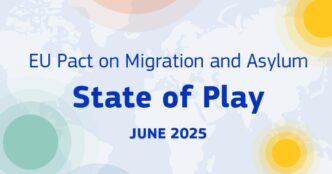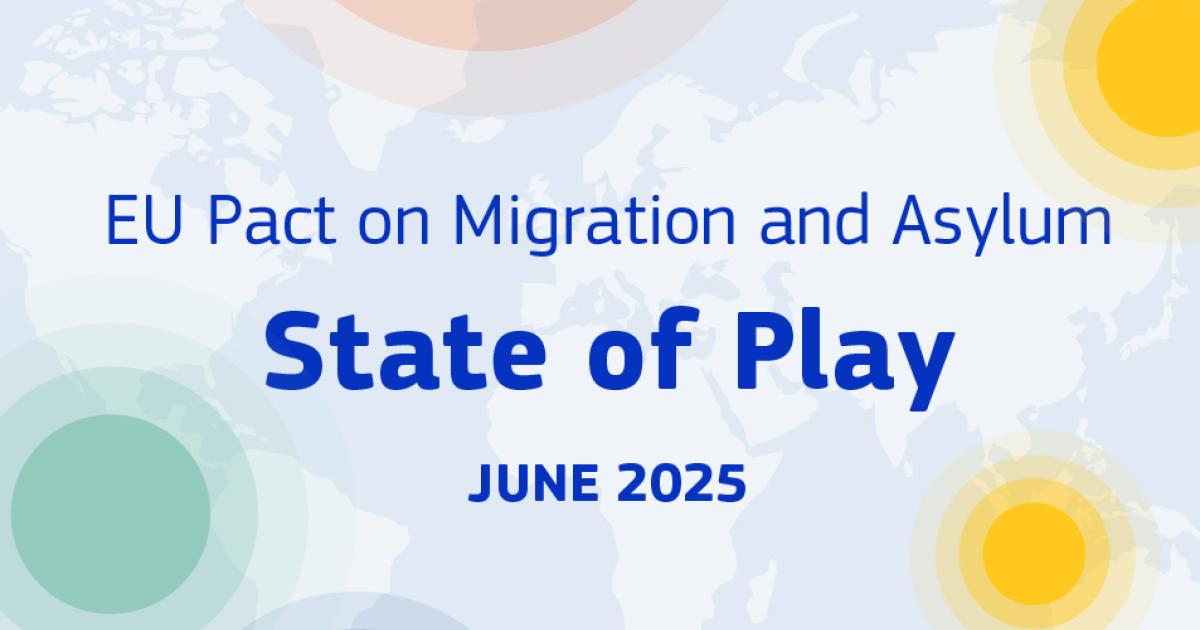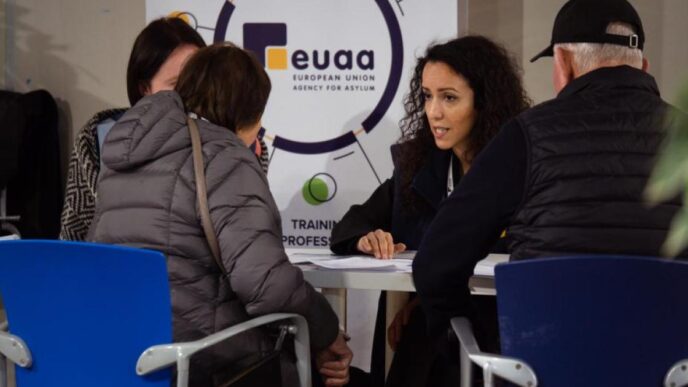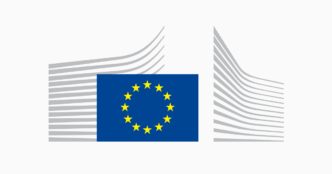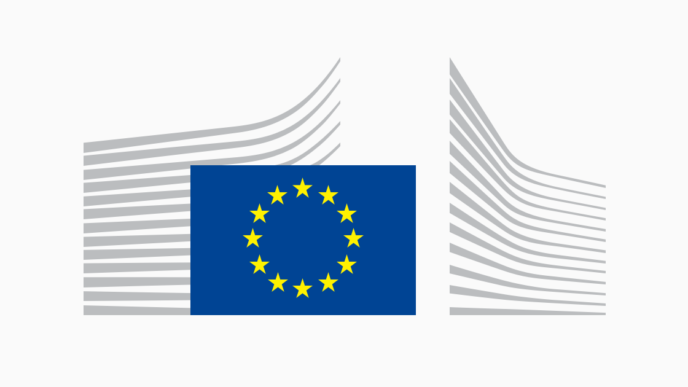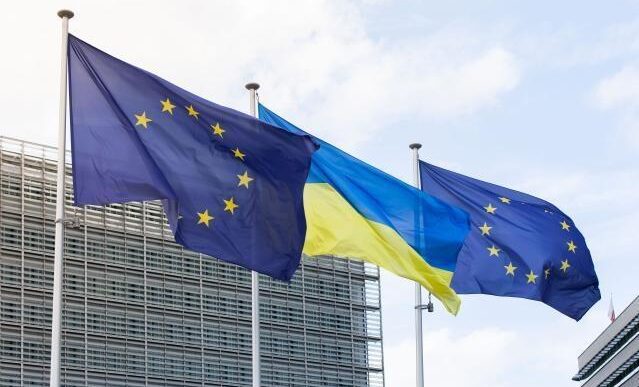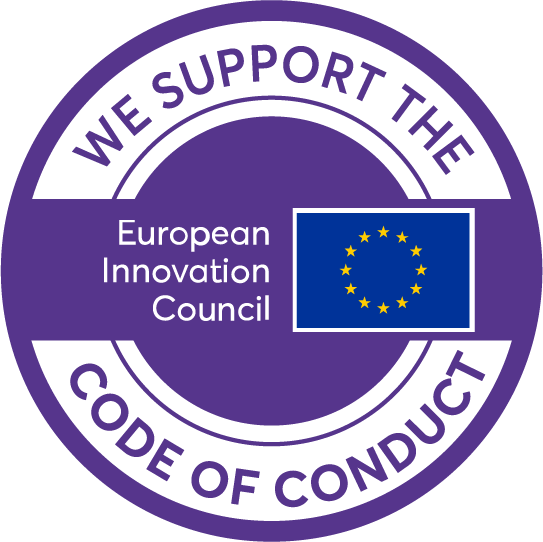On 11 June, the European Commission published a report on the implementation of the Pact on Migration and Asylum, halfway through its transition period. While significant progress has been made since its adoption in June 2024, further efforts are required to address remaining challenges and ensure the EU’s new migration management system is fully operational by June 2026.
As required under the Pact, the Commission is assessing the progress made so far on each of the building blocks of the Common Implementation Plan:
- Eurodac: Significant progress has been made to put in place the renewed Eurodac database. With some Member States still facing challenges in setting up the new system, the Commission and the EU Agency for the Operational Management of Large-Scale IT Systems (eu-LISA) will continue to provide their support.
- External borders: Preparations for putting in place the new screening and border procedures are underway. Some Member States have already reached the required reception capacity and human resources. Challenges remain as regards the identification of locations for the screening and the border procedures.
- Reception conditions: Ensuring sufficient reception capacity and adequate reception conditions across Member States is essential, including to prevent secondary movements from one EU Member State to another. Work is ongoing to reflect the new reception standards and ensure sufficient capacity.
- Fair, efficient and convergent asylum procedures: Member States are adjusting to the new legal framework, also with EU support. Further work is needed to reduce backlogs and delays in the asylum procedures, including by increasing capacity and providing adequate training.
- Return procedures: Member States are closing the loopholes between asylum and return procedures, as required by the Pact. Negotiations on the Commission proposal for a return Regulation are progressing and should be concluded swiftly to address remaining inefficiencies in return procedures.
- Making responsibility work: For the Pact to function, Member States need to work on the basis of a fair sharing of responsibility. Dublin transfers to the Member State responsible for an asylum application should take place to and from all Member States. This is essential for an effective transition to the new responsibility rules.
- Making solidarity work: Work continues to prepare the first annual solidarity cycle in October 2025, and to establish the permanent solidarity mechanism by June 2026. The Commission, the European Asylum Agency (EUAA) and Member States are working closely to assess the migratory situation and determine the solidarity contributions of each country.
- Preparedness and contingency planning are needed to guarantee that asylum and reception systems can function properly under all circumstances. Member States need to ensure that contingency plans are fit for purpose and ensure coherence with other contingency plans, such as on borders and return.
- New safeguards and monitoring of fundamental rights: The Pact strikes a balance between obligations and rights of people seeking protection in the EU. National plans generally reflect this overall balance and incorporate the new elements. Work should continue to operationalise the independent fundamental rights monitoring mechanism and free counselling.
- Integration and legal pathways: Across the EU, integration efforts show increasingly positive effects, with continuous efforts needed in the areas of education, employment, health and housing.
The Commission will continue providing support to Member States, including practical guidance, new tools, and targeted funding. An additional EUR 3 billion has been made available from the EU budget as of May, to help implement the Pact and support Member States hosting displaced persons from Ukraine.
The Commission calls on Member States to continue their efforts to ensure the successful implementation of the Pact. The next implementation report will be published in October 2025.
The Report is accompanied by a Commission staff working document providing a mid-term review of the implementation of the Action Plan on Integration and Inclusion 2021-2027. The review acknowledges the progress made and the persisting challenges encountered by Member States in the four main areas of the Action Plan (education, labour market integration, healthcare and housing). It also outlines good practices and areas requiring further attention in integrating migrants into European societies.
Find out more
State of Play on the Implementation of the Pact on Migration and Asylum
